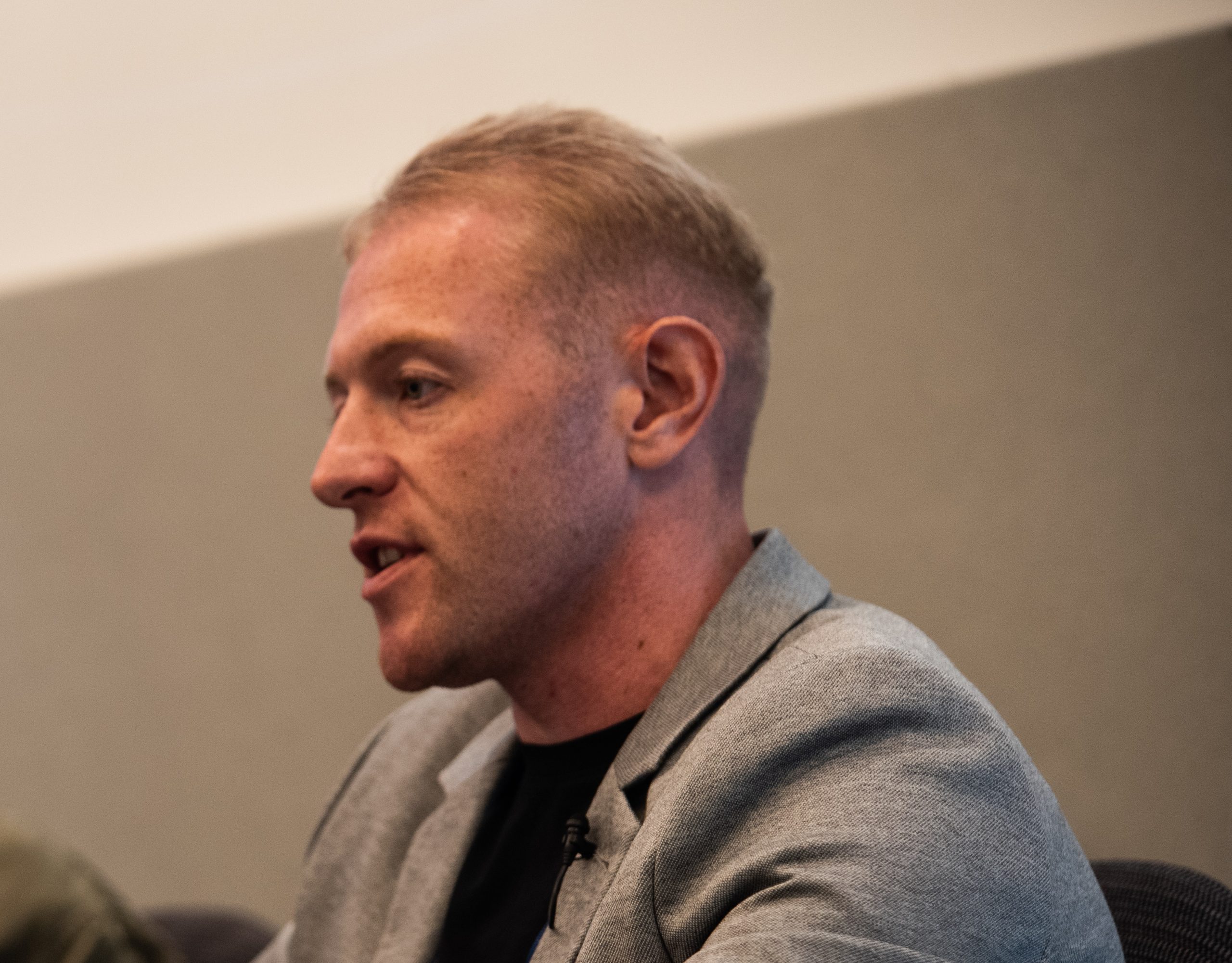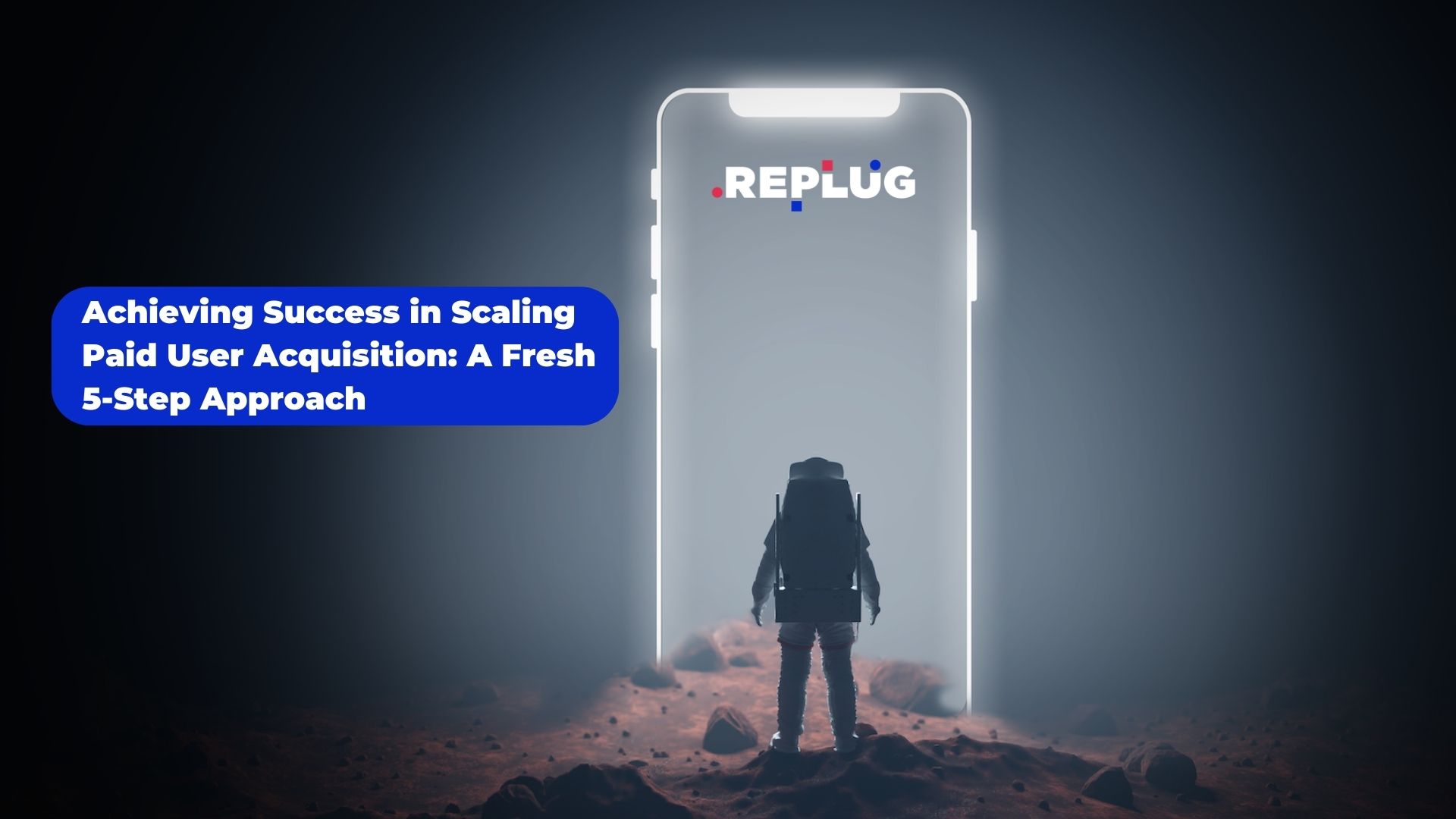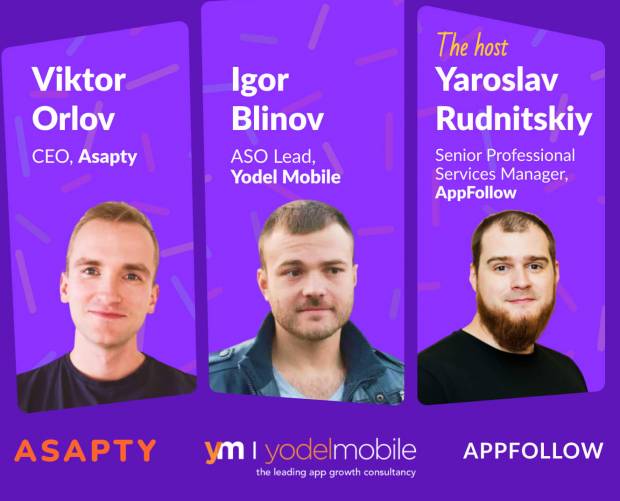 Every marketer and advertiser knows that to be successful today, brands need to offer more than campaign messaging to help build a brand, drive sales and create customer loyalty.
Every marketer and advertiser knows that to be successful today, brands need to offer more than campaign messaging to help build a brand, drive sales and create customer loyalty.
Today, marketing is less about broadcasting messages that the brand desires to share, and more about content and utility that the consumer desires. This content and utility can manifest itself in many ways, from entertainment (gaming/video), to tools that help with efficiency, education, and decision support.
In the market today, you have food companies creating recipe-focused phone and tablet apps, banks adding budget and planning tools to their online banking and mobile apps, detergent companies releasing stain removal applications, and this has all changed the way marketers do their job.
But more than the change from broadcasting messages to offering engaging valuable experiences, the shift is actually about two things, speed and technology. Having the ability for brands to react to opportunities, overcome challenges, and move fast, with little variable cost, positions them to win in their marketplace.
This approach is often called ‘agile marketing,’ and in my opinion, it is the future of all marketing departments. agile marketing is a method of marketing based on iterative, adaptive and overlapping processes that provide value over formal interval broadcast campaigns. Currently, few brands are ready for it, few believe it, and few understand it today, but those who adopt it and invest in it, will reap the rewards in the future.
To help understand how agile marketing differs from the standard campaign marketing approach, I have broken down into what it is not, and what it is.
Agile marketing is not:
- Planning Approach: Long and cyclical planning cycle-driven briefs and internal agendas
- Media Approach: Paid media first.
- Technology Approach: The creation of throw-away technology in support of the campaign
- Testing Approach: Costly and time-consuming focus groups and internal approvals
- Development Approach: Waterfall – slow, assuming, internal focused.
- Interval Approach: Campaigns are on then off. No flow.
Agile marketing is:
- Planning Approach: Moving fast and testing a hypothesis. Driven by market conditions, brand opportunities and consumer needs.
- Media Approach: Paid media last. Everything should build owned media, amplify experiences through earned media and invest in paid media as a support or reinforcement tactic (if needed).
- Technology Approach: Investing in long-term technology that is flexible and robust.
- Testing Approach: In-market, real time responses and feedback. Making informed decisions faster, based on real market conditions. (A/B over focus groups)
- Development Approach: agile – fast, iterative, customer focused. Your brand lives in a constant state of beta.
To put it bluntly, I see campaign-based marketing approaches as spending money, whereas the agile marketing approach is about saving and investing money.
At its core, marketing is about creating efficiencies for both the consumer and the organization. I think we’ve lost focus of this point. Nothing about marketing is efficient today – instead it feels slow not fast, mechanical not fluid, and monotonous not exciting.
So how can agile marketing put a pulse back into your organization? Well, let’s define these points in more detail.
Technology has enabled everything to move faster, but many marketing departments are operating in a similar way now to how they were in the 1990s. The key point of agile marketing is that you win by moving fast.
You need three elements to enable agile marketing in your organization; technology, process and information. Lets look at each more closely.
Technology
To be an agile marketer, you need to be able to make updates, launch pages or apps, change content, tweak tracking and deploy to your owned media channels in real time. Having to write a brief to get an email written and designed is not agile. Needing to submit change order requests to IT or your agency is not agile. Opening up a CRM tool or CMS tool and making changes instantly and on the fly is. Technology should enable, not disable.
Process & Empowerment
Now that you have the technology to move fast, you need processes and empowerment that enable it. A lot of the process can be built into the technology, but beyond that, employees need to feel empowered and supported by other people willing to move fast. Looking at all steps from translation to legal, to proofreading, to design and identifying how your organization can move fast is imperative. If you’ve hired the brightest, smartest and most creative marketers, this approach shouldn’t be a problem. If you haven’t, it’s time to find a better team that you can trust with moving fast.
Information
The marketing world is filled with too much data and not enough information. With agile, it is important that you have real-time information that is easily accessible to help you identify insights, uncover opportunities, test hypotheses, measure efforts, and understand how to tweak and improve everything you are doing in real time.
Creating dashboards that merge multiple analytic platforms and create easy-to-understand visuals for every launched effort is a must. Information is the last element discussed, but ultimately, it’s what drives he technology, process and empowerment. The better the information, the more comfortable senior management will be with empowering, and the better the decisions and results will be.
Paul Crowe is a partner a partner at “socially-conscious technology firm” BNotions
















